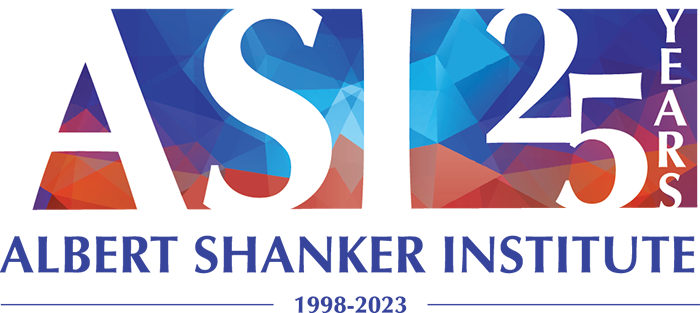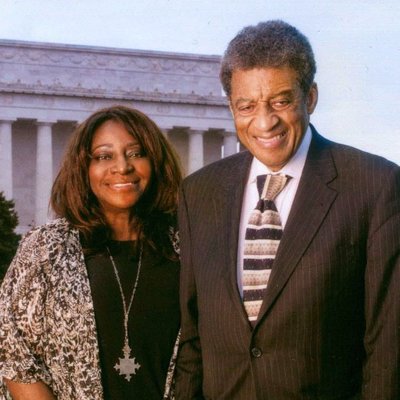Experiential Learning Around the World
From July 29-August 2, 2024 the Albert Shanker Institute had the opportunity to offer Shanker Conversations as part of the Education International World Congress in Buenos Aires, Argentina. This followed ASI’s inaugural participation in the 2019 World Congress in Bangkok, Thailand. Because Albert Shanker cofounded Education International, the Albert Shanker Institute’s participation at EI’s World Congress is a natural extension of Al’s vision of learning and building power together globally, just as ASI’s Shanker Conversations are an extension of Al’s commitment to free and open debate.
This blog is a companion to the video of the conversation, Experiential Learning Around the World.
In the classroom, experiential learning gives students opportunities to explore, tinker, think critically, create, and, importantly, use teamwork in order to solve problems. It’s a great template for life-beyond school, where we learn, try, succeed or fail, and then try again.
Very often experiential learning is closely linked to career and technical education – often referred to by its acronym, CTE. Career and technical education builds real-world skills by combining experiential practice and academics to unlock learning for many students. CTE can, of course, include the traditional trades, but also for in-demand careers in healthcare, information technology, skilled manufacturing, agriculture and environmental science, business modeling, and entrepreneurship. Experiential learning can be found in any content class, English/language arts, science, math, or social studies—like these Action Civics lessons written by fellows of the Albert Shanker Institute—or in traditional learning-by-doing subjects like world language, music and the arts, or physical education.

